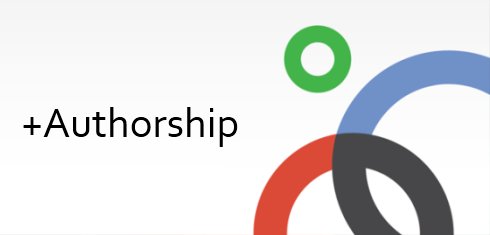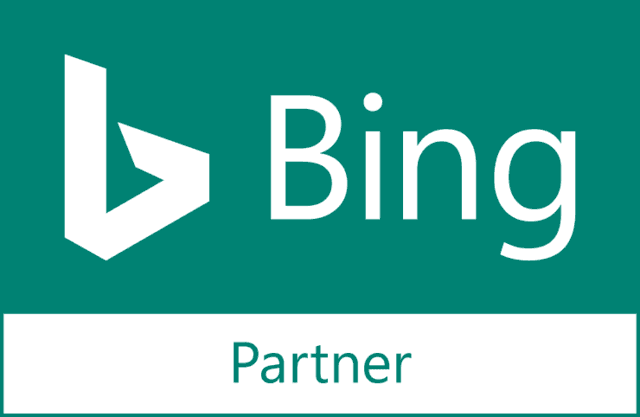Google’s Author Rank is exactly what it sounds like: Google’s algorithmic rank of a particular author’s authority. Author Rank essentially enables online authors to become more visible, and at the same time, use their identity as a factor for ranking pages and sites.
The Panda update pushed out by Google acts as a site quality filter, but Author Rank works as a domain level filter that uses an aggregate of documents to rank an author. Since Author Rank is a page level application of an authority metric, it will likely cut down on the number of “unnatural” link-building strategies used. As a result, there should be greater transparency and more individual influence throughout the world of SEO.
How Author Rank Works
Google has created a tag called an author markup to be inserted in the code of a particular piece of content to indicate to Google who the author is. Through this author mark up, when a social media user on Google+ shares that author’s content, the author will gain author authority and links. Needless to say, the better the content is and the more it is shared, the more the author is deemed trustworthy. Here are some of the factors affecting Author Rank:
- How often is your content shared?
- How quickly is your content shared?
- Who shared your content?
- Did those who shared your content have expertise in that topic?
- Do the same people always share your content?
- How many comments did your content generate?
- Who commented on your content?
- Did those who commented on your content have expertise in that topic?
- Were the comments on your content of high quality?
- Were the comments on your content of a positive sentiment?
- How often is your content endorsed? (e.g. +1, Like, Tweet)
- Who endorsed your content?
- Did those endorsing your content have expertise in that topic?
- Do the same people always endorse your content?
At a glance, most of these factors make sense and are quite logical. Take for example the factor involving who shares your content. Say you wrote a piece of content on an upcoming next-generation operating system like Windows 8. Your own website might not carry a lot of weight, but what if Bill Gates shared your content throughout his channels? Your Author Rank would increase, and people who read your content will know that, despite being new to the scene and/or being previously unknown, your content is endorsed by Bill Gates. This means your content is good, trustworthy, and most definitely worth the read (Apple fanatics may disagree).
Another strong contributing factor is how many comments are generated from your content and whether or not those comments are high-quality. Most of us have seen more than our fair share of blog posts filled with irrelevant comments and spammy links. Author Rank will help push for higher quality comments and turn comments into an asset for authors. If your content results in a lot of high-quality comments, those indicate that your piece is compelling or controversial or a mix of both. In some cases, it could just be really well-written, and people would like to give their two cents. When Google sees that a particular author has content that generates a lot of online discussions, the author is then recognized as someone who produces important and noteworthy content.
To break it down into 3 simple steps, using Author Rank means following this timeline:
- Write the content
- Install Google+’s “+1” to validate and share the content
- Include rel= “me” and rel= “author” whenever you link your content and author page to the Google+ profile
Implementing Author Rank
So, you’ve got a good idea about how Author Rank works and what it does. Let’s talk briefly about how to get it up and running.
- Create a Google+ account. Author Rank is centered upon Google+. So, if you’re not on there, make yourself a profile!
- Upload a photo and verify your email address. Verification of identity is big since this particular system is all about the author.
- Ensure that all content you produce includes a mailto link to an email address of your choice. If you want to take it a step further, feel free to utilize the rel=”me” and rel=”author” to link to your Google+ profile.
For a more in-depth look into the process of starting the use of Author Rank, take a look at Google’s guide on Authorship. I know that was a lot to digest but we’re not quite done yet. Keep an eye out for part three of our Author Rank series with “Direct & Immediate effects of Author Rank?” and you can read our previous post on Author Rank here.







